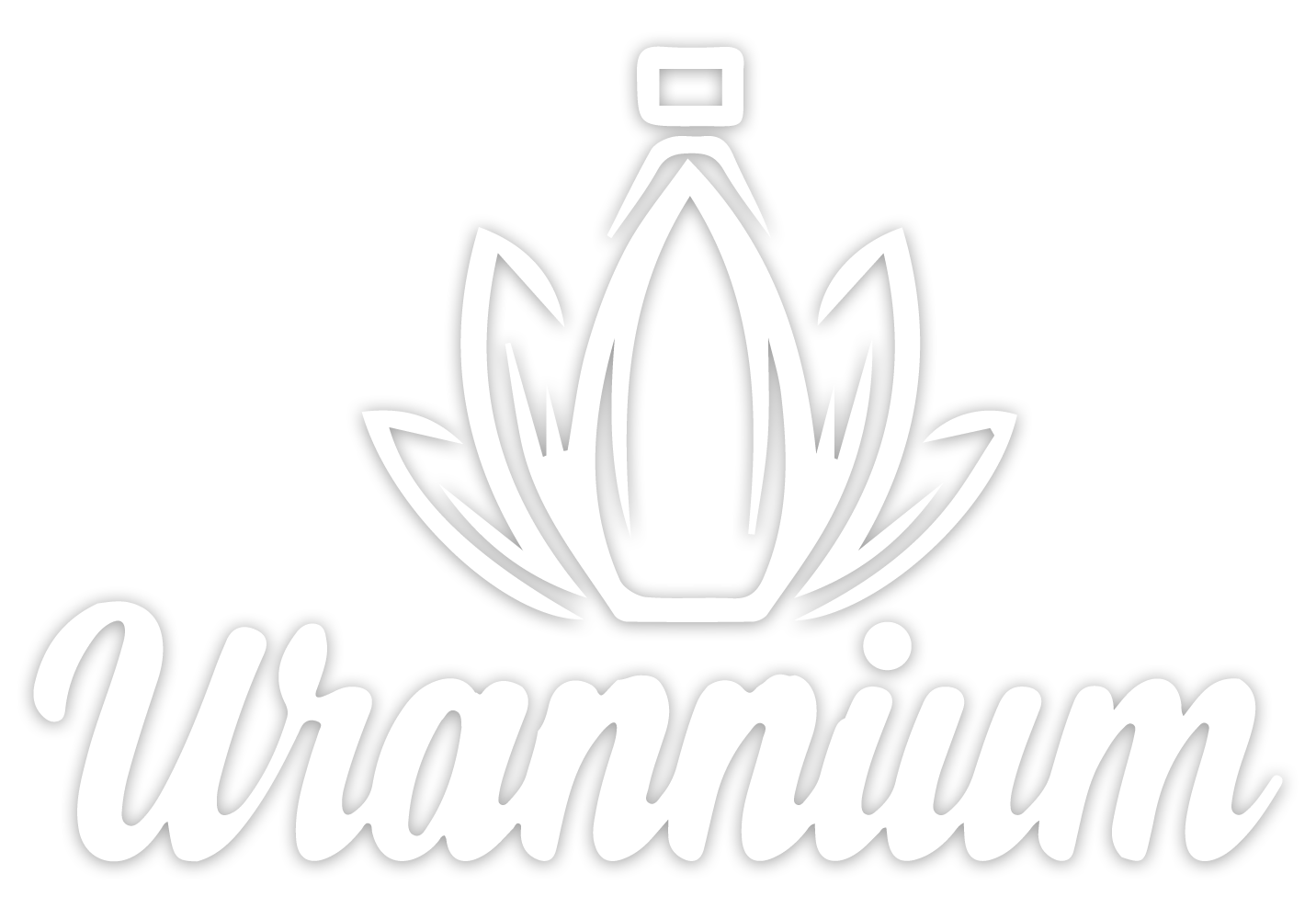The Basics of Uranium: Composition, Properties, and Types
Uranium, represented by the symbol ‘U’ and atomic number 92 on the periodic table, is a heavy metal with significant importance in both natural and industrial contexts. It is a naturally occurring element found in trace amounts within the Earth’s crust, typically in minerals such as uraninite. Uranium’s chemical composition is defined by its 92 protons and a variable number of neutrons, leading to different isotopes. The most notable isotopes of uranium are uranium-235 (U-235) and uranium-238 (U-238), which differ primarily in their neutron count and stability.
Uranium-238 (U-238) constitutes approximately 99.3% of natural uranium, while uranium-235 (U-235) makes up about 0.7%. Despite its lower abundance, U-235 is particularly significant due to its fissile properties, which make it capable of sustaining a nuclear chain reaction. This property is pivotal in both nuclear power generation and nuclear weapons. Conversely, U-238 is more stable and undergoes alpha decay with a half-life of about 4.5 billion years, contributing to the long-term radioactivity of uranium deposits.
The physical properties of uranium include its high density, comparable to that of gold or tungsten, and a silvery-gray appearance. It has a melting point of 1,132 degrees Celsius and a boiling point of 4,131 degrees Celsius. These properties, combined with its radioactive nature, make uranium a unique and valuable resource. The radioactivity of uranium arises from the instability of its isotopes, which emit radiation as they decay into lighter elements. This decay process is harnessed in various applications, from medical treatments to energy production.
Understanding the composition, properties, and types of uranium is essential for appreciating its role in modern technology and industry. Its isotopic diversity and radioactive characteristics define its behavior and applications, laying the groundwork for further exploration of its uses and implications. As we delve deeper into uranium’s impact, it becomes clear why this element continues to be a focal point of scientific and industrial research.
Applications and Implications of Uranium: From Energy to Environmental Concerns
Uranium, a naturally occurring element, has profound applications that extend from energy production to military uses. One of the most significant applications of uranium is in the field of nuclear energy. Uranium-235, an isotope of uranium, is a critical fuel for nuclear reactors. Through a process known as nuclear fission, uranium atoms are split to release a substantial amount of energy, which is then harnessed to generate electricity. This method of energy production is highly efficient, with a single kilogram of uranium-235 capable of producing as much energy as several thousand tons of coal. Consequently, nuclear power plants contribute significantly to global electricity supplies while emitting minimal greenhouse gases, making them a cleaner alternative to fossil fuels.
Beyond its role in energy production, uranium has also been historically utilized in military applications. The development of nuclear weapons during World War II marked a significant moment in history, with uranium-235 and plutonium being key materials in the creation of atomic bombs. Even today, uranium continues to play a pivotal role in national defense strategies through the maintenance of nuclear arsenals. The dual-use nature of uranium, in both energy and weaponry, underscores its strategic importance.
While the benefits of uranium are notable, its extraction and use are accompanied by significant environmental and health concerns. Uranium mining and processing can lead to radioactive contamination, posing risks to both the environment and human health. The disposal of nuclear waste remains one of the most challenging aspects of using uranium, as the waste remains hazardous for thousands of years. Effective waste management solutions are essential to mitigate these risks. Additionally, exposure to high levels of radiation from uranium can result in serious health issues, including cancer and genetic mutations.
To address these concerns, stringent regulatory frameworks and safety measures have been implemented globally. These regulations aim to ensure the safe handling, processing, and disposal of uranium, thereby protecting both the environment and public health. Continuous advancements in technology and regulatory practices are crucial to minimize the adverse impacts associated with uranium and to harness its benefits responsibly.
